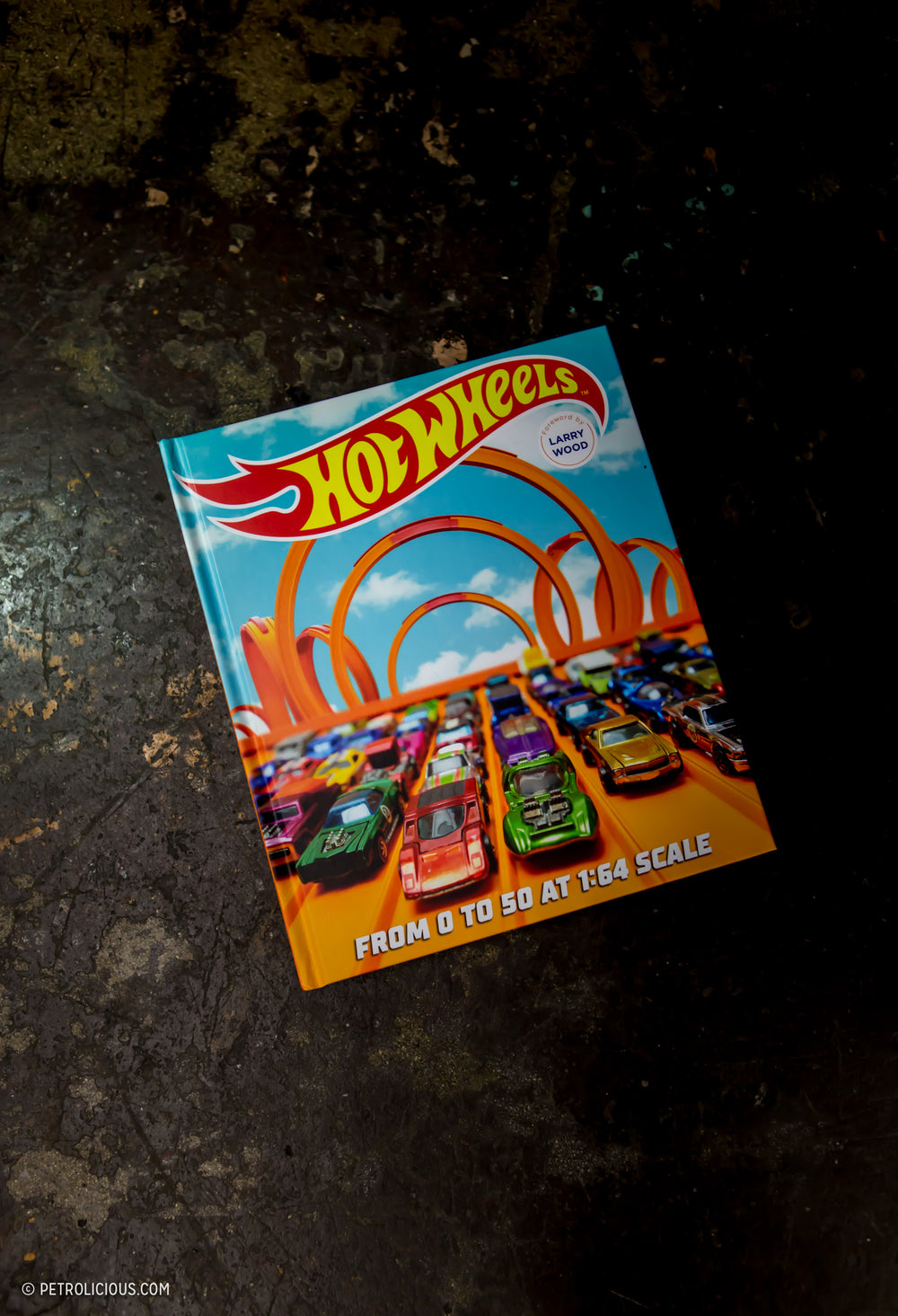




Before getting into the guts of the book itself, the "dust jacket" deserves some mention. Made from the same edge-crimped plastic as used for the brand's classic carrying cases, the bright blue sheath makes sure the nostalgia pump is primed before we've reached the cover. Inside, the book chronicles the five-plus decades of history behind the world's best-selling toy, beginning with a forward written by arguably the most influential Hot Wheels designer of all time, Larry Wood,who earned his nickname "Mr. Hot Wheels" over decades of work with the brand since he joined in 1969. From there the Hot Wheels legacy is chronicled in great detail from the beginning, full of anecdotes from those instrumental to the story as it progressed, and the pages are illustrated with drawings and sketches sourced from enthusiast collectors and the Mattel archives alike, including prototypes and drafts and all sorts of views into the processes that go into making one of these seemingly simple cars. A lot has changed behind the scenes even if the cars on the peg still resemble their ancestors, and these stories are brought to light in this book. The supply chain and manufacturing elements are imperative pieces of Hot Wheels history (the way designs are brought into being in a combination of sketchbooks and computer programs is particularly interesting), but the intersection between the brand and car culture at large is also thoroughly plumbed here.



By giving ample space to the different chapters in the Hot Wheels story—the people who made it happen, the methods they used to design and build the products, the impact of and to pop culture, etc.—this book offers a colorful and accessible way to give context to these beloved toys. From forays into sponsoring dragsters and other full-sized motorsport, the hordes of automobilia amassed by the collectors, to the engineering that goes on behind the scenes, if you're a Hot Wheels fan this should be required reading. Our only criticism is that it doesn't come with a car.




More details and ordering information for Hot Wheels: From 0 to 50 at 1:64 Scale can be found here, in the Petrolicious Shop




















































